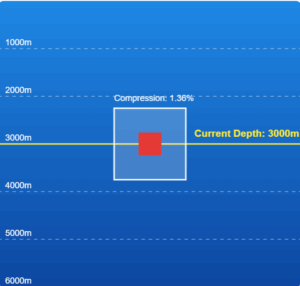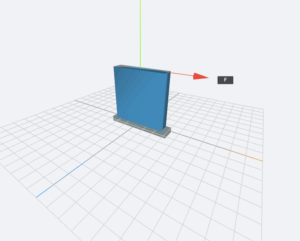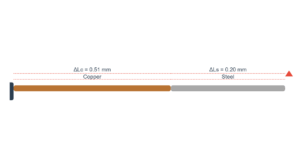Human Pyramid Bone Compression Simulation
This simulation demonstrates the compression of thighbones in a circus performer supporting a human pyramid. Adjust the parameters to see how different loads affect bone compression.
Example
Question:
In a human pyramid in a circus, the entire weight of the balanced group is supported by the legs of a performer who is lying on his back (as shown in Fig. 8.4). The combined mass of all the persons performing the act, and the tables, plaques etc. involved is 280 kg. The mass of the performer lying on his back at the bottom of the pyramid is 60 kg. Each thighbone (femur) of this performer has a length of 50 cm and an effective radius of 2.0 cm. Determine the amount by which each thighbone gets compressed under the extra load.
Solution:
Total mass of all the performers, tables, plaques etc. is 280 kg.
Mass of the performer lying on his back is 60 kg.
Mass supported by the legs of the performer at the bottom is \(280 - 60 = 220\,\mathrm{kg}\).
Weight of this supported mass is \(220 \times 9.8 = 2156\,\mathrm{N}\).
Each thighbone supports half this weight: \(1078\,\mathrm{N}\).
Young's modulus for bone: \(Y = 9.4 \times 10^9\,\mathrm{N\,m}^{-2}\).
Length, \(L = 0.5\,\mathrm{m}\).
Radius, \(r = 2.0\,\mathrm{cm} = 2.0 \times 10^{-2}\,\mathrm{m}\).
Cross-sectional area, \(A = \pi (2 \times 10^{-2})^2 = 1.26 \times 10^{-3}\,\mathrm{m}^2\).
The compression in each thighbone (\(\Delta L\)):
\[
\Delta L = \frac{F\, L}{Y\, A}
= \frac{1078 \times 0.5}{9.4 \times 10^9 \times 1.26 \times 10^{-3}}
= 4.55 \times 10^{-5}\,\mathrm{m} \text{ or } 0.0455\,\mathrm{mm}
\]
The fractional decrease in the thighbone is:
\[
\frac{\Delta L}{L} = \frac{4.55 \times 10^{-5}}{0.5} = 0.000091 \text{ or } 0.0091\%
\]
Compression Results
Physics Explanation
When a performer supports a human pyramid, their thighbones (femurs) experience compressive stress. The amount of compression can be calculated using Young's modulus (Y = 9.4 × 10⁹ N/m² for bone):
\[ \Delta L = \frac{F \times L}{Y \times A} \]
Where F is the force applied, L is the original length, and A is the cross-sectional area. This simulation shows how changes in the pyramid's mass and bone dimensions affect the compression.



